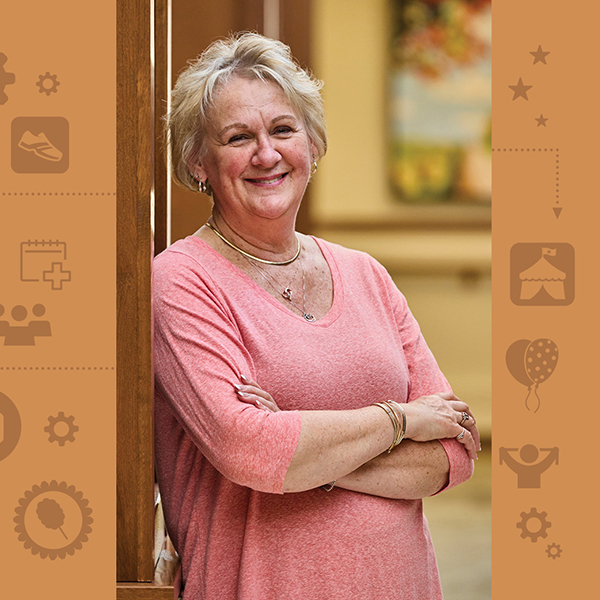Sequential-Oral-Sensory (SOS)
The Sequential-Oral-Sensory (SOS) Approach to Feeding was developed over 30 years ago by Dr. Kay Toomey. It is designed to evaluate and address the underlying causes for feeding difficulties. It uses play to encourage eating. The program allows a child to interact with food in a playful, non-stressful way, beginning with the ability to tolerate the food in the room and in front of him/her, then moving on to managing the smell of foods, learning about how foods feel on the body and in the mouth, and then enjoying tasting and eating new foods.
Is your child a picky eater or a problem feeder?
Have you as a parent or caregiver:
- reported the child as being “picky” at two or more well-child checks?
- reported that your infant cries and / or arches at most meals?
- felt like mealtimes are a battle, and that you are always fighting about food with your child?
- reported that your child is difficult for everyone to feed?
- had a history of an eating disorder, in addition to having a child who is not meeting weight gain goals? (Please note – parents are not viewed as causing the feeding problem in their child; however they may be more stressed around meals and need extra support).
Was your child unable to:
- transition to baby food purees by 10 months of age?
- accept any table food solids by 12 months of age?
- transition from the breast / bottle to a cup by 16 months of age?
- wean off baby foods by 16 months of age?
Does your child:
- have ongoing poor weight gain (dropping percentiles on the growth curve) or weight loss?
- have ongoing choking, gagging, or coughing during meals?
- have ongoing problems with vomiting?
- avoid all foods in a specific texture (wet, squishy, crunchy, etc.) or nutrition group (meat, vegetables, starches, fruits, etc.)?
- have less than 20 foods that they are able to consistently eat?
Has your child had:
- more than one incident of nasal reflux (vomiting or spitting up out their nose)?
- a traumatic choking incident where the child choked on something and then subsequently stopped eating certain foods?
- a history of eating and breathing coordination problems, with ongoing respiratory issues?
If you answered “YES” to any of these questions, we can help!
The earlier you begin working with a feeding therapist, the faster you will see changes. It is much easier to change a two-year-old’s relationship to food as compared to a 12-year-old; however, feeding therapy can help make mealtimes more enjoyable for people of all ages. Even adults can benefit from these strategies.
How can I get a referral to pediatric therapy?
Make an appointment with a primary care provider in our family medicine department or pediatrics department to discuss any concerns about your child’s eating habits. Your child’s provider can treat underlying medical conditions and provide a referral for occupational therapy as appropriate to your child’s needs.
What to expect during pediatric therapy:
At your first visit, the therapist will perform a thorough evaluation to better understand how your child’s condition affects his or her ability to perform daily tasks and activities. Next, the therapist will create an individualized treatment plan. She will discuss the treatment plan with you, including activities that will be included in future therapy sessions to reach your treatment goals.













